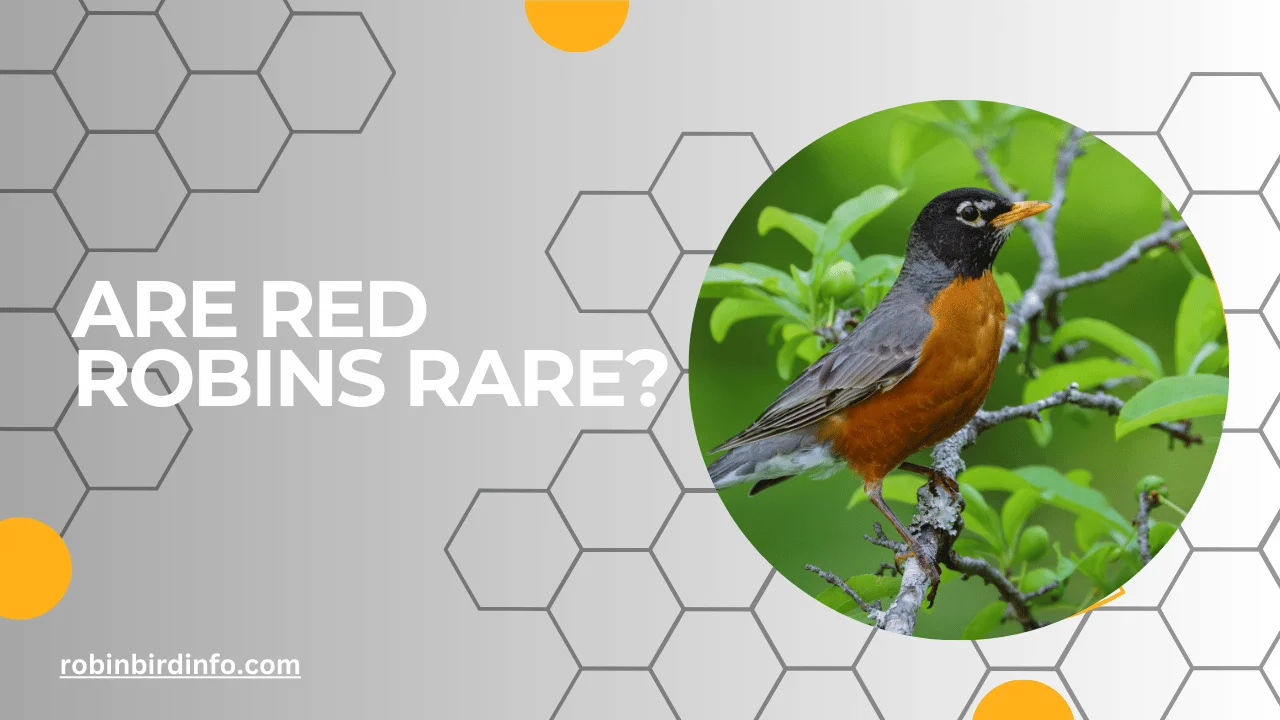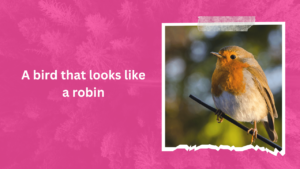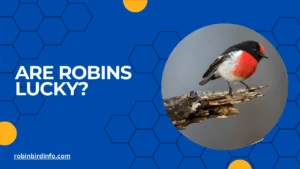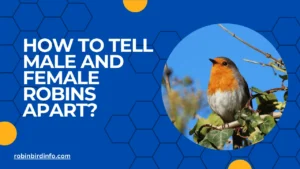Ever gazed out your window on a crisp spring morning and been greeted by the cheerful chirps of a familiar red-breasted friend?
The American Robin, with its bright plumage and melodic song, is a cherished symbol of spring and a frequent visitor to our backyards. But have you ever stopped to wonder – are these cheerful birds as common as they seem?
While Robins may appear to be everywhere you look, their abundance can vary greatly depending on location, season, and even the specific year. Recent news reports or discussions with bird enthusiasts might have sparked a question: are Red Robins actually rare?
This blog post delves into the fascinating world of Robin distribution and population trends. We’ll explore the factors that influence the number of Robins in different regions, delve into historical population changes, and discover the ongoing efforts to ensure these feathered friends continue to grace our landscapes for generations to come.
So, grab a cup of tea, settle in, and prepare to be surprised by the hidden complexities surrounding the seemingly common Red Robin!
Contents
Section 1: Geographic Distribution of American Robins
Native Range: American Robins are native to North America and can be found throughout the United States, Canada, and parts of Mexico. They are particularly abundant in the eastern and central regions of North America.
Seasonal Migration: American Robins are migratory birds. During the breeding season, they inhabit a wide range of habitats, including forests, woodlands, parks, and suburban areas. As winter approaches, many populations migrate south to warmer climates, while others may remain in their breeding territories if food and water sources are available.
Factors Affecting Distribution: The distribution of American Robins is influenced by several factors, including habitat availability, food resources, and climate conditions. They prefer areas with a mix of open spaces and wooded areas, where they can find suitable nesting sites and abundant food sources.
Section 2: Population Trends
Historical Population Trends: Historical records indicate that American Robin populations have fluctuated over time. Factors such as habitat loss, disease, and harsh weather conditions can impact their numbers. However, overall, American Robin populations have remained relatively stable.
Factors Affecting Population Size: Several factors can affect Robin populations. Habitat loss and fragmentation due to urbanization and agriculture can reduce the availability of suitable nesting and foraging sites. Pesticide use can harm insect populations, which are a vital food source for Robins. Climate change can also impact Robin populations by altering migration patterns and breeding success.
Conservation Efforts: Various conservation efforts are underway to protect Robin populations. These efforts include habitat restoration, pesticide reduction, and public awareness campaigns. By creating and maintaining bird-friendly habitats, we can help ensure the survival of these beloved birds.
Section 3: The Impact of Human Activities
Habitat Loss and Fragmentation: Human activities, such as urbanization and deforestation, have led to significant habitat loss and fragmentation. This can reduce the availability of nesting and foraging sites for Robins.
Pesticide Use: The widespread use of pesticides can have detrimental effects on Robin populations. Pesticides can kill insects, which are a vital food source for Robins. Additionally, exposure to pesticides can harm bird health and reproductive success.
Climate Change: Climate change can impact Robin populations in various ways. Changes in temperature and precipitation patterns can affect the timing of migration, breeding, and food availability. Extreme weather events, such as droughts and floods, can also have a negative impact on Robin populations.
Section 4: Misconceptions and Misidentifications
While American Robins are relatively easy to identify, they may be confused with other bird species, particularly in regions where they are not native. Some people may mistake European Robins, which have a slightly different appearance, for American Robins.
It’s important to note that the appearance of American Robins can vary slightly across different regions. For example, Robins in the western part of North America may have a slightly different plumage coloration compared to those in the eastern part.
Citizen science programs, such as birdwatching and bird surveys, play a crucial role in monitoring bird populations and identifying potential threats. By participating in these programs, individuals can contribute to valuable research and conservation efforts.
Section 5: Protecting American Robins
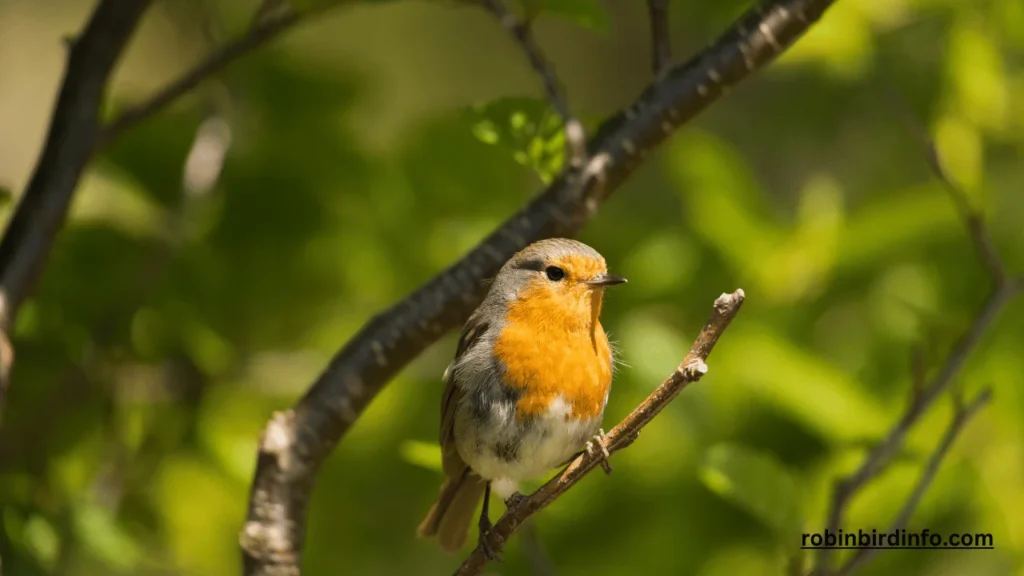
To protect American Robins and other bird species, it’s essential to create and maintain bird-friendly habitats. Planting native plants, providing clean water sources, and avoiding the use of pesticides can attract and support bird populations.
Supporting conservation organizations that work to protect bird habitats and wildlife is another important way to help protect Robins. These organizations often undertake vital research and conservation efforts to ensure the survival of bird populations.
Participating in citizen science projects is a great way to contribute to bird conservation. By observing and reporting bird sightings, you can help scientists track population trends and identify potential threats.
Conclusion
American Robins are not rare, but their populations can be affected by various factors, including habitat loss, climate change, and pesticide use.
By understanding the threats facing Robin populations and taking steps to protect their habitats, we can help ensure the continued survival of these beloved birds. By creating bird-friendly environments, supporting conservation organizations, and participating in citizen science, we can make a positive impact on the future of American Robins.
FAQ’s
Are American Robins migratory birds?
Yes, American Robins are migratory birds. Many populations migrate south for the winter, while others may remain in their breeding territories if food and water are available.
What do American Robins eat?
American Robins are omnivorous and feed on a variety of foods, including insects, worms, berries, and fruits. They play an important role in controlling insect populations.
How can I attract American Robins to my yard?
To attract American Robins to your yard, you can provide a variety of food sources, such as birdseed, mealworms, and fresh fruit. You can also create a bird-friendly environment by planting native plants, offering clean water sources, and providing nesting sites.
Are there any predators of American Robins?
American Robins are preyed upon by a variety of predators, including cats, hawks, and snakes.
What is the lifespan of an American Robin?
The average lifespan of an American Robin is 2-3 years, although some individuals may live longer.
How can I help protect American Robins?
You can help protect American Robins by reducing the use of pesticides, providing clean water sources, and creating bird-friendly habitats. You can also support conservation organizations that work to protect bird populations.

